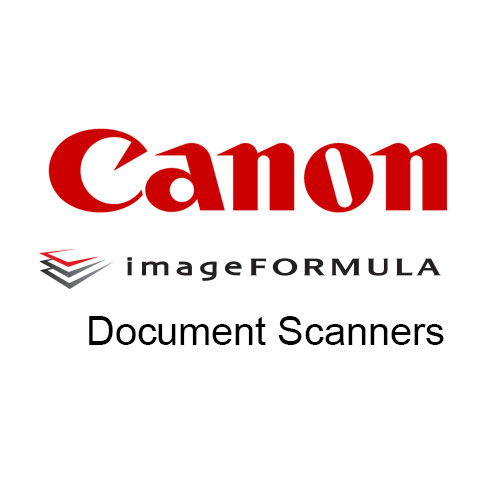
The Foundation of a Good Workflow System
At the outset of an engagement, it’s crucial to be clear with the client what their responsibility is in getting their documents to the firm. Can they give you paper statements and shoeboxes full of receipts? Are they required to scan documentation and upload it to their client portal? Can they attach receipts to transactions themselves or do they need to scan them and send them to you? Make sure that you are just as clear on what happens when they fail to do their part. Without the proper resources, the firm can’t complete the work on time which can mean missed deadlines or extra “rush” fees.
It’s equally important to be clear with your staff on the proper handling of source documents. This is where having a good workflow system in place is crucial. It should specify exactly how documents are to be received from the client and when– and what to do when they aren’t. Additionally, you can use your workflow system to let staff know where and in what format source documents are to be stored. If your firm is using cloud storage, use your workflow system to inform your staff how to label documents and how folders should be organized. The goal is to make sure the entire firm uses the same naming convention and that documents saved by one team member can be easily accessed by another.
Of course, properly storing the documents is only part of the battle. Your workflow system should clearly inform your staff where and how to access documents when needed. Ideally, staff should be able to access client documents with a click of the mouse, but if this isn’t possible, a clear description of where to find the necessary documents should be built into the task. The last thing you want is to have the completion of client work being blocked because your staff can’t find needed source documents.
Creating a deliberate system to handle source documents and then clearly communicating that system to both clients and staff is key to running an efficient, scalable firm.